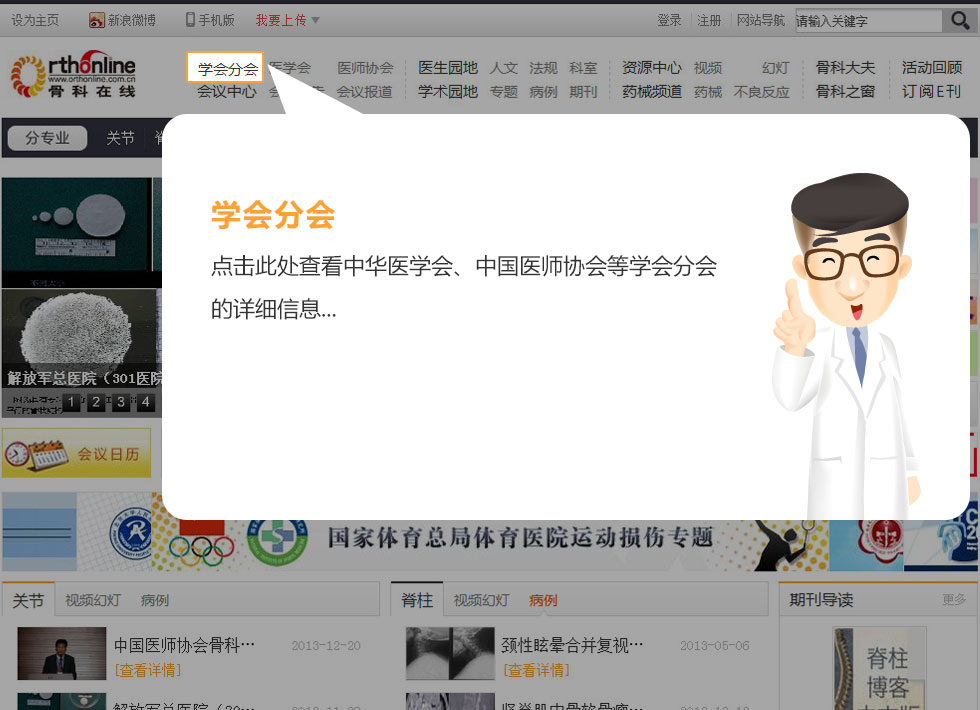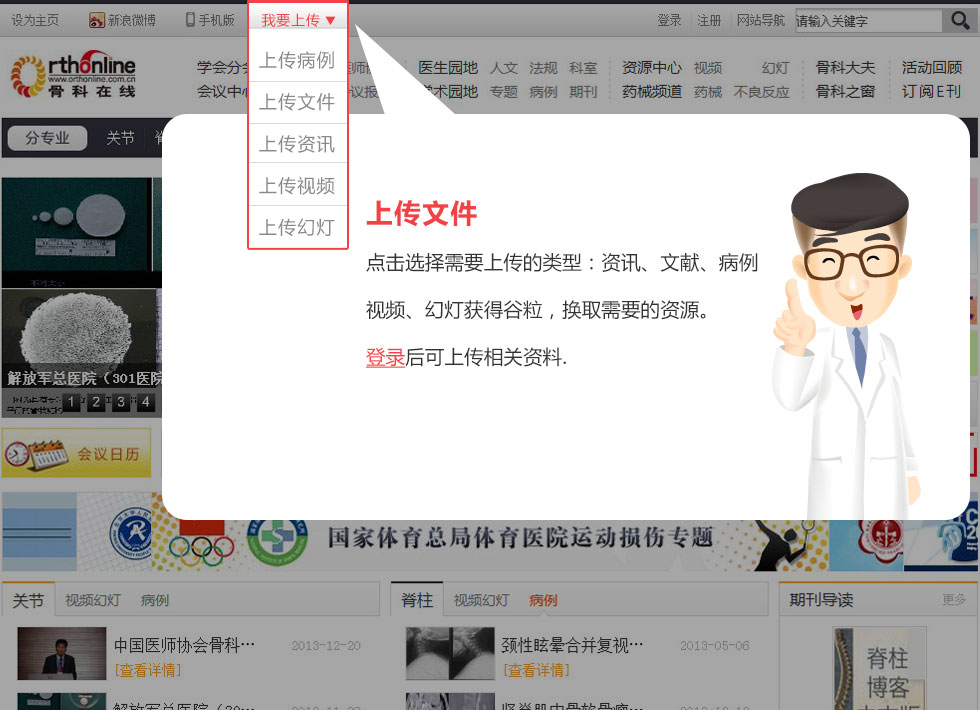Long-term follow up of interventional therapy of secundum atrial septal defect
第一作者:YUAN Yi-qiang
2012-08-17 点击量:722 我要说
YUAN Yi-qiang, HUANG Qiong, YU Li, WANG Rui-min, ZHAO Yu-jie, GUO Ying-xian, SUN Jun-hua, NIU Si-quan, SUN Yun, YANG Xing-ming , MAO You-lin
Abstract:
Background The percutaneous transcatheter closure of secundum atrial septal defect (ASD) is increasingly a widespread alternative to surgical closure. The aim of this study was to assess long-term results of percutaneous closure of secundum-type atrial septal defect (ASD II).
Methods Between January 2001 and December 2005, 61 patients underwent a successful percutaneous closure of ASD II; including 25 male and 36 female. All were included in the patient study and were followed up to monitor by electrocardiogram and echocardiography, at intervals of 3 days, 3 months, 6 months, 1 year, 2 years, and 5 years after operation.
Results Three days after percutaneous transcatheter septal closure (PTSC), the right atrium diameter, right ventricular end-diastolic left-right diameter and right ventricular end-diastolic volume (RVEDV) decreased significantly (P <0.05). Right ventricular end-diastolic anteroposterior diameter (RVEDD), right ventricular end-systolic volume (RVESV) and right ventricular ejection fraction (RVEF) also decreased (P<0.01). During the period from 3 to 6 months, the size of the right atrium and right ventricle returned to normal range. Three days after PTSC, the left ventricular end-diastolic diameter (LVEDD), left ventricular end-diastolic volume (LVEDV), left ventricular end-systolic volume (LVESV), left ventricular-systolic volume (LVSV) and left ventricular ejection fraction (LVEF) were significantly increased (P <0.05). At 1 year, the size of the left atrium, left ventricle and left cardiac function returned to normal range (P <0.01). There were no deaths or significant complications during the study. At five year follow-up, all defects were completely closed and remained closed thereafter.
Conclusion Transcatheter closure of ASD II effectively eliminated the abnormal shunt and, subsequently improved the dimensions of each chamber and cardiac function.





 京公网安备11010502051256号
京公网安备11010502051256号